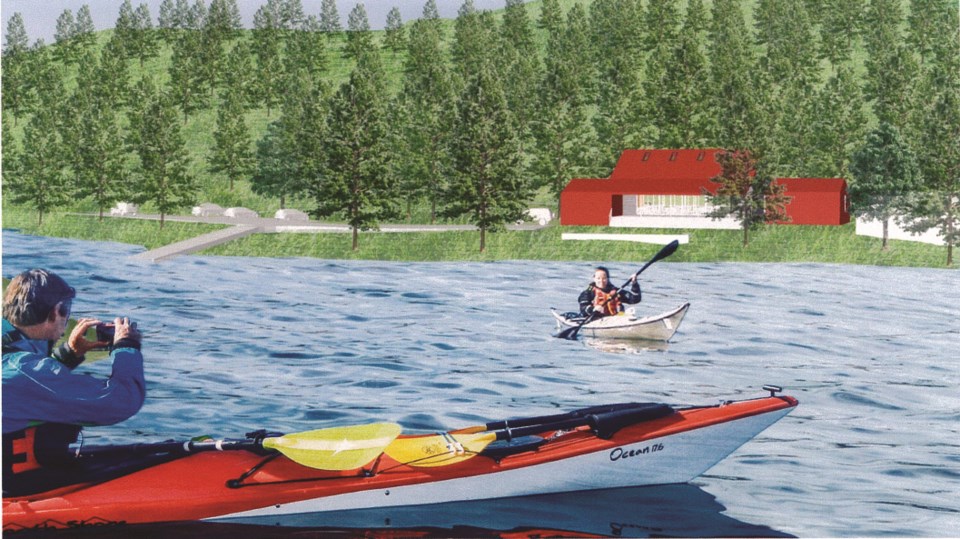When a July 14 SCRD meeting started with a staff request to add a late agenda item to discuss an “emerging issue” about the Coopers Green Hall project, I sensed money was involved.
Anyone buying anything these days knows costs are going up. If we needed proof of that, on July 20, Statistics Canada announced this June’s year over year inflation rate was 8.1 percent; the largest yearly change since January of 1983.
People undertaking construction projects, as my family did earlier this year, likely experienced higher material costs as well as short or non-existent supplies of some goods. Securing contractors was more complicated with many of those businesses struggling to attract and retain workers. The result: Projects took longer to complete and came in with higher price tags.
And so it is with the replacement for Coopers Green Hall. Earlier this year, the SCRD bumped up the budget in efforts to address inflation. But now, over five years after the project’s community task force began its planning work, construction rules have changed. To build on the location identified, near the existing hall, will require either elevating or shifting the structure and – surprise – more costs.
Last fall, Sechelt’s Operations Centre project also needed a budget increase in the 20 per cent range over what had been planned for to proceed. That municipality had to re-tender work on lighting at its airport this year to be able to get that infrastructure installed within the funds it had access to.
With the ambitious five-year capital plans that each Coast local government has brought forward in recent years, the theme of budget bump ups and project re-jigs will likely be one we will hear more frequently.
No local government can be faulted for not being able to anticipate the financial issues the pandemic, B.C.’s 2021 atmospheric river event, or the war in eastern Europe would create. The fallout is going to force us all to make hard decisions about which projects proceed and which ones, although legitimately needed, may have to be delayed or abandoned.
And, what do new cost regimes mean for long-delayed projects like Sechelt’s Wakefield Road sewer lift station, improvements to its Boulevard area or the promised and much in demand child care centre, storm water retention work in Gibsons, and the SCRD’s looming need to close Sechelt landfill and develop an alternative? At the provincial level, will Victoria be willing to ante up more changes to or replacement of Highway 101 or to deliver that much needed second ferry for Route 3?
As Coast communities are not the only ones in this boat, the competition for senior government grant money is likely to get stiffer. Local governments will be forced to get creative to manage infrastructure replacements and expansions. And taxpayers need to be prepared to either pay more, wait longer or accept scaled-down versions of projects. Between paying for the cost of inflation, much-needed adjustments to recognize the impacts that climate change will continue wage and for supply chain issues, the Coast will need to think long and hard about which projects are “must haves” and which ones, although they would be nice to have, will have to wait.
Thoughts to consider for anyone looking to run for public office in the Oct. 15 local government elections and likely good questions for the rest of us to ask of those council and board hopefuls.



